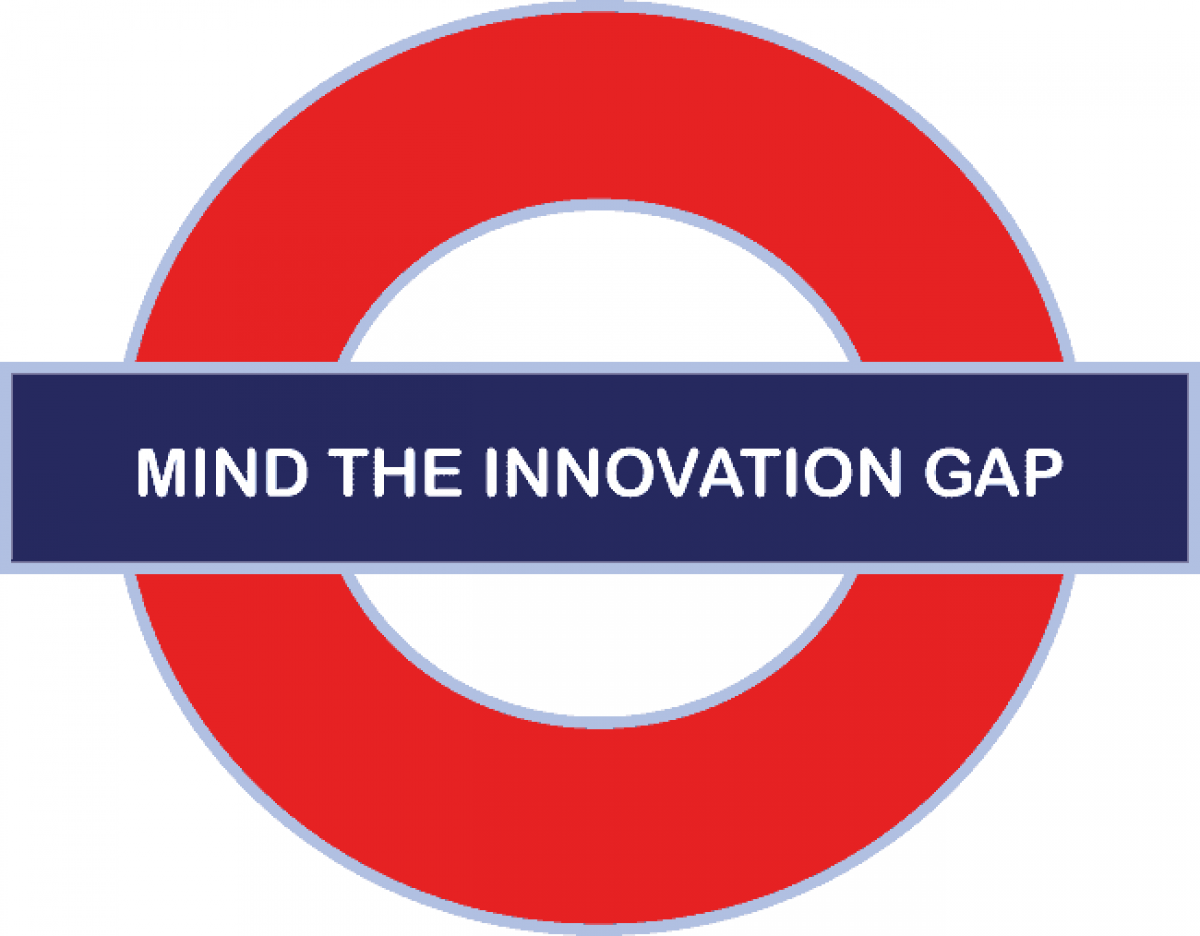By Bill Kelly, CEO, CAIA Association
The base case for distributed ledger technology (or DLT, and often used interchangeably with blockchain) is to create a trusted network of participants where there is just one ledger of account records shared by all and there is no central recordkeeper. Transactions are digital and immutable, and the network of participants can be either public (Bitcoin) or private. Ironically, the best and most powerful use of DLT in financial services will likely be in these private networks which, by design, have an owner who can control access, privileges, and records and if that sounds more centralized and mutable it's mostly because it is.
The power of blockchain is in the ability to digitize just about any conceivable thing such as sheep, tomatoes, shipping containers, or proxy votes, and they don’t necessarily have to settle in, or trade against, a cryptocurrency. The mania around bitcoin the cryptocurrency has greatly overshadowed the power of the underlying technology and it probably wasn’t helpful that an IT nerd (a term used endearingly) chose the name Bitcoin with an uppercase B to name this powerful platform.
A recent cover story in Barron’s featured the many challenges faced by the disparate but interested parties involved in the proxy voting process. Two of the more compelling case studies cited were a recent proxy fight involving Proctor & Gamble (PG) and an older situation involving Axon Enterprises, which is the maker of the stun gun. In the former case with PG they had a dissident shareholder trying to effectuate an activist agenda. Almost 2 billion votes were cast and issues like signature matches, simple name changes, or the separation of the proxy from the related ballot disqualified millions of votes. In the case of Axon, it was a classic ballot-stuffing problem that resulted in more than 80 million votes cast when they only had 60 million shares outstanding. (Perhaps Trump was right about this voter fraud thing after all!) How in 2018 is it possible to have such antiquated processes especially in the world of high finance?
If there ever was a base case for the implementation of a digitized centralized ledger it is here in the ground-zero world of proxy voting, but who will take a stand? The ever-innovative and government-funded SEC, the individual corporations, centralized depositories, stock exchanges or even the large institutional shareholders all have a dog in this fight and the first mover will likely have a large investment to make with very little certainty that the other players will come around to this new way of processing at the same time and pace.
The bottom line is that the technology solution is real and compelling, but adoption will be slow. As professionals we should understand and embrace change and certainly be an innovator rather than a blocker when it comes to blockchain. For the spring 2019 exam, the CAIA Level II curriculum will include an updated white paper in Current & Integrated Topics on the power and potential of blockchain applications in the financial services industry. There likely will need to be a series of private blockchain solutions and more innovation around cross-chain functionality so that these more discrete but distributed ledgers can communicate with one another. The uninformed will eventually find themselves more marginalized, underemployed, and blocked by the next chain in the cycle of innovation. Don’t let this be you.
Seek diversification, education and know your risk tolerance. Investing is for the long term.
Bill Kelly has been the CEO of the CAIA Association since 2014.




